‘If I’d had an apprenticeship offer, I’d have taken it’: US ambassador
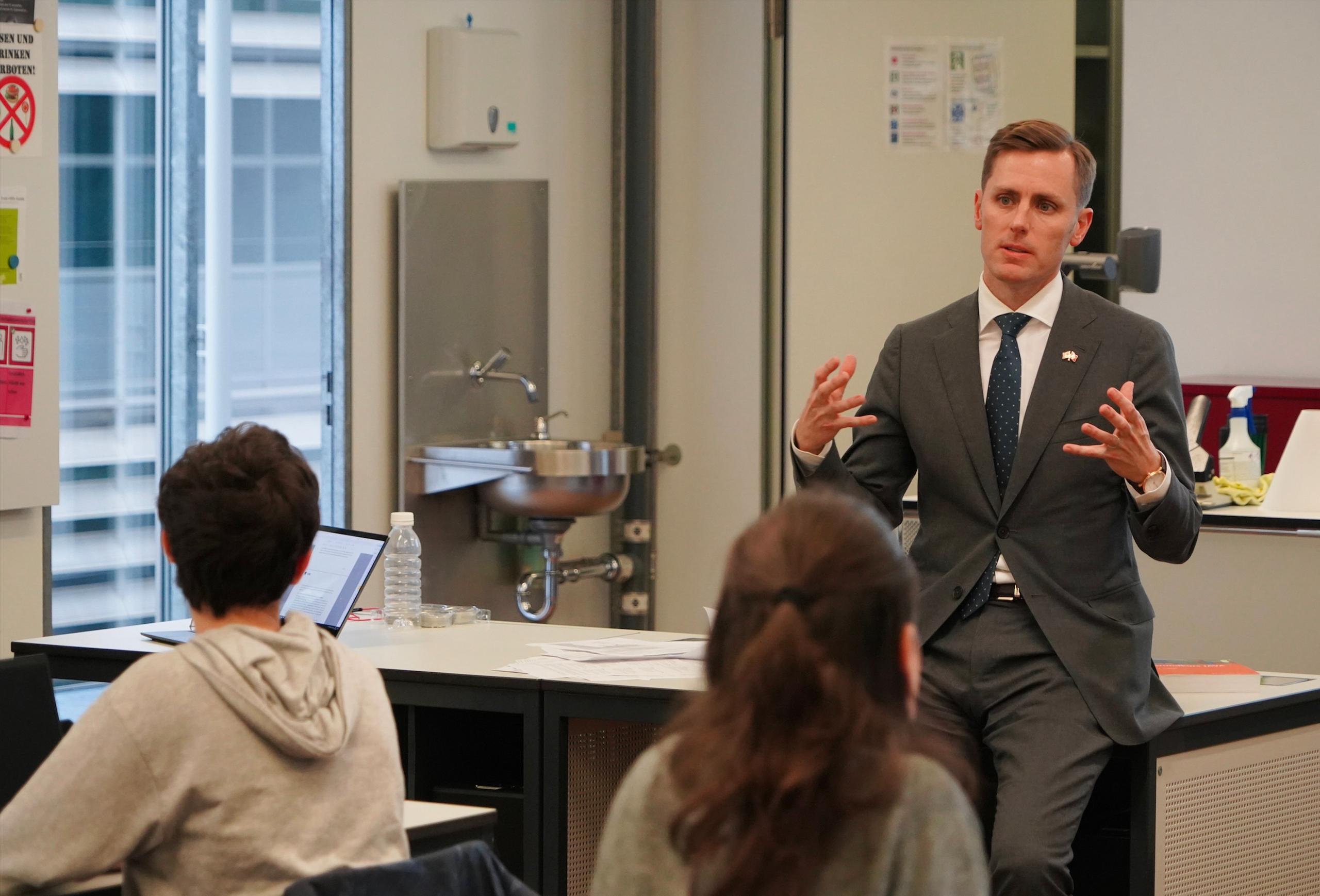
The United States ambassador to Switzerland, Scott Miller, explains why he, like President Joe Biden and his wife Jill, would like nothing more than to see Swiss-style vocational training take off in his home country.
Miller has worn many hats in his career. After university he worked as a management consultant, an event planner and a wealth manager. By the time Biden nominated the Denver, Colorado native to become his country’s top diplomat in Switzerland, he was a philanthropist and activist tied to the Gill Foundation, an organisation set up by his husband, Tim Gill, to support LGBTQ rights.
Sitting in a small meeting room at the embassy in the Swiss capital, Miller reflected on his trajectory. “There’s this leap of faith in the United States that you go through high school and then you go to college and hope you figure out what you want to be the rest of your life,” he said. While this formula ultimately worked for him, he admits that it’s not for everyone.
Since arriving in Bern nearly a year ago, Miller has been championing an alternative path to success for young people, modelled on the Swiss vocational education and training (VET) scheme. Amid a heavy schedule of visits to companies in the Alpine nation that hire apprentices, Miller sat down with SWI swissinfo.ch to talk about the appeal of the Swiss system for the US.
SWI swissinfo.ch: The US just celebrated the 8th Annual National Apprenticeship Week. Why is an entire week devoted to apprenticeships each year?
Scott Miller: In the United States only 0.3% of our workforce has completed an apprenticeship. So it’s really an opportunity to highlight that [vocational training] is an amazing opportunity for companies, communities and industry to grow their talent pipeline. Every job – even what we used to consider to be basic manufacturing jobs – now requires technical training and expertise.
When you look at countries with the best apprenticeship models, Switzerland, Germany and Austria are at the very top. But I personally am biased and think that the Swiss model is the best. What we can do from our mission in Bern is highlight a model that works particularly well: 70% of students in Switzerland enter the VET programme. That is a model we should replicate.
SWI: The Department of Labor reportsExternal link a 64% growth in the number of apprentices since 2012. But that’s only about 600,000 apprentices a year for all of the US. Is progress on par with the ambitions of the administration to, as President Biden says, “train workers who will rebuild America in the 21st century”?
S.M.: Absolutely. In the United States there is this stigma that apprenticeships are just blue-collar jobs and that you’re stuck doing that particular job your entire life. We need to do a rebranding of apprenticeships in the US to highlight the Swiss dual-track system. The permeability of the education component – of being able to go for further training or for an advanced degree – is where the United States needs to look and grow. And then we can see apprenticeships take off.
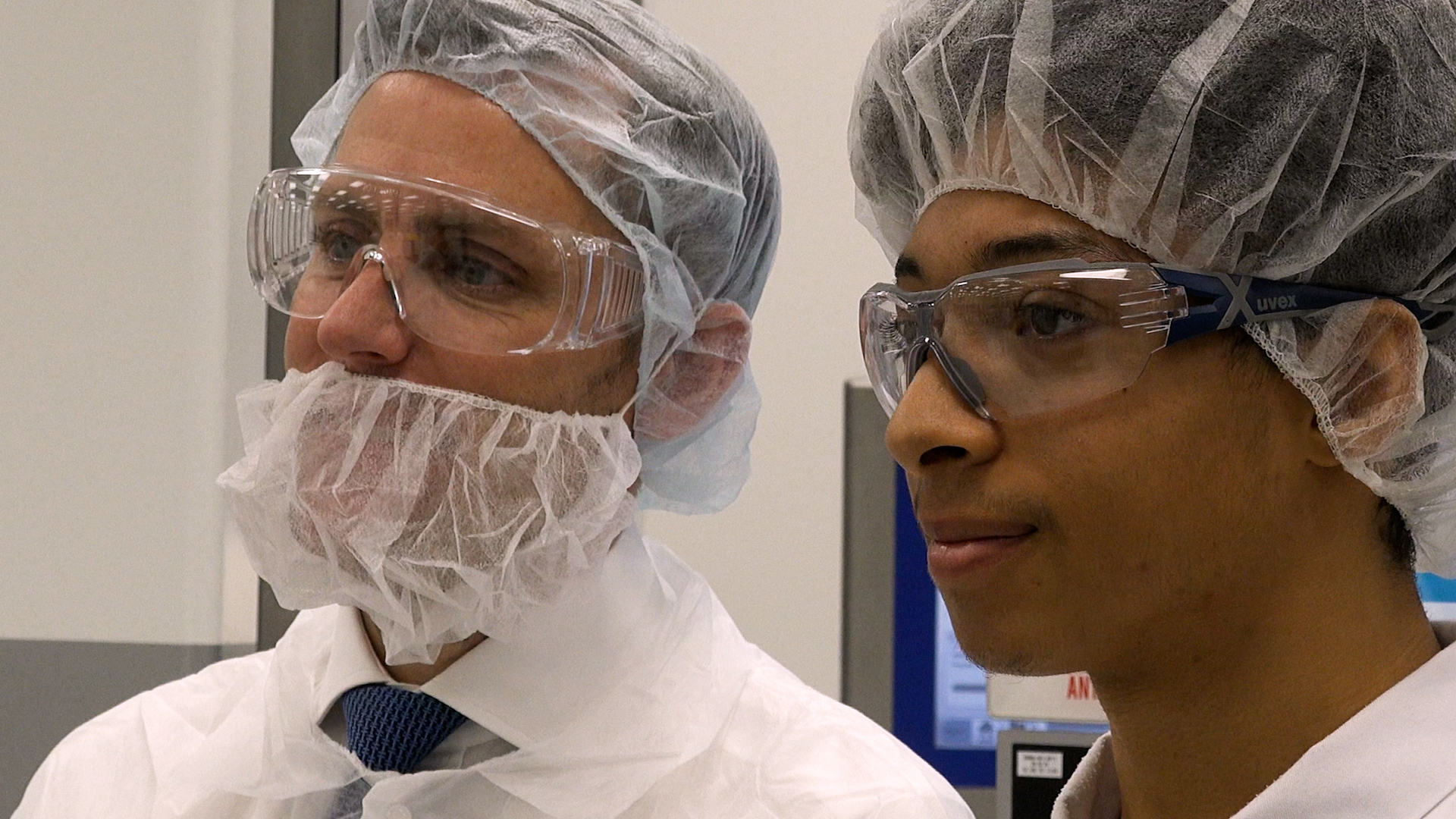
More
US ambassador gets a dose of Swiss apprenticeships
Personally, if I had had an apprenticeship offered to me when I was in high school, I would have taken it. Thankfully, things worked out for me, but an apprenticeship programme would have definitely provided more guardrails for me. It would have given me more confidence.
SWI: What is the administration doing to change the stigma around apprenticeships being just blue-collar jobs?
S.M.: We’re highlighting the stories of those apprentices in the US who’ve completed their programme and showing that they’re fully employed and going to school and getting that paid for.
In the US, [higher] education has become prohibitively expensive, especially for middle-class families. If you do an apprenticeship in the US, you can graduate debt-free and have a 90%-plus success rate of being employed after. The trajectory of life and professional success [for apprentices] is so very good, which is why the President and First Lady have made it a priority. If that doesn’t sell it to people, I don’t know what will.
SWI: Besides this stigma, what are the other main challenges of bringing the Swiss model to the US?
S.M.: In the US we sometimes get stuck in a short-term return mindset – that the investments that we make need to have a demonstrable return within a 12-month period.
So it’s really important to show that this is a long-term investment in our people, and that [in the end] we will have a workforce that can focus on taking our infrastructure into the next century.
SWI: In your home state of Colorado, the Youth Apprenticeship programme CareerWise took inspiration from the Swiss model. What roles do you see for the different levels of government and actors in supporting apprenticeships?
S.M.: I think this is really a whole-of-government effort. CareerWise calls itself a hub or an incubator that has helped several Swiss companies start apprenticeship programmes there. Noel Ginsburg, who runs CareerWise, has studied the Swiss model very, very closely.
SWI: Since 2015 the US and Switzerland have had a declaration of intent and memorandum of understanding (MOU) on cooperation and knowledge exchange in vocational training. The MOU was renewed just a year ago. Why is this arrangement important for the US?
S.M.: The MOU demonstrates the intent of cooperation and highlights not only the shared values that we have on this particular topic but also the strong bilateral and economic relationship between our countries.
Of all the companies from other countries that operate in the US, more Swiss companies have apprenticeship programmes – 30 Swiss companies employ about 400 apprentices right now. If we can grow that, these are future ambassadors of apprenticeships and I’m immensely excited. We have [both] these amazing Swiss small and medium-sized enterprises (SMEs), which are the bread and butter of the Swiss economy, [and] giant corporations like Nestlé [operating] in the United States.
In 2021 the United States became Switzerland’s most important export market. Switzerland is the seventh-largest foreign direct investor in the US, responsible for creating close to 500,000 jobs there. The US is also the most significant trade partner with which the Alpine nation does not have a free trade agreement, says the government.
According to Scott Miller, the absence of a deal is not for lack of trying. “My predecessor [Edward McMullen] worked very hard on a free trade agreement and he got very close,” says Miller, adding that certain obstacles remained. The Swiss stalled in particular on lifting agricultural tariffs.
The focus has now shifted to sectoral agreements, with a deal on mutual recognition in the pharmaceutical industry nearly ready, said Miller.
Asked if a bilateral trade deal was now off the table, Miller says trade agreements were “a really rare thing for us” that had to go through an “immensely complex process”, including approval by Congress. Sectoral deals, on the other hand, can be ratified by executive decision.
“My goal is to make sure that we can identify as many of these sectoral agreements that can be done to the mutual benefit of both countries,” he adds. “[Switzerland] is a trade partner we want to have – there is good intent there.”
SWI: Is that something that Swiss SMEs can demonstrate to smaller US companies – that, despite their size, it is possible to have an apprenticeship programme?
S.M.: Absolutely. Swiss SMEs show that regardless of your size you need a talent pipeline that is ready to do the work of the company. A large number of these companies are based on a history of precision and the miniaturisation of mechanical components that drives so many industries here. That requires talent and specialised technicians.
There’s a fear of automation replacing humans, but even in these super high-tech environments, it still takes humans to programme the machines and operate them. And that’s where the next generation of workforce needs to be.
SWI: And the Swiss? What sorts of things can they learn from the Americans under this arrangement?
S.M.: One of the things that I constantly hear from Swiss companies and why they find the US market so appealing is that employees have this sense of entrepreneurship and innovation. There’s a lot of knowledge exchange about this [entrepreneurship] culture that we can bring to Switzerland. I hope [cooperation] is always mutually beneficial.

More
Why the world should take note of the Swiss apprenticeship model
SWI: One of your predecessors, Suzi LeVine, was a great champion of vocational training. Have you talked to her about how to nurture the collaboration between the two countries on this?
S.M.: I’ve had the good fortune to speak with all my predecessors. All of us have taken the strength of the bilateral relationship as the number one priority.
When my appointment was announced in August 2021, [LeVine] invited my husband and me to spend the weekend with her and her husband at their house in Seattle. We went through her entire experience and what her policy goals were. She saw the Swiss model of vocational training right away and knew that was going to be an amazing export to the US. She worked tirelessly to create the first declaration of intent on cooperation and bring Swiss leaders to meet with agency heads in the US. And it continued under Ambassador [Edward] McMullen and now me.
My goal is to increase the number of Swiss companies that offer apprenticeships in the United States and learn from them about what we can do to make it easier for them to start those and be ambassadors to US companies on how to start these programmes.
SWI: What about allowing American apprentices to do their training and work experience in Switzerland and vice versa? Would there be value in intensifying this type of exchange?
S.M.: Some Swiss companies already do this exchange, like Bühler and Novartis. My understanding is that it’s a great tool for them for recruiting apprentices in both countries. For a lot of them, that would be one of their first international trips. That’s one more reason I would have signed up for an apprenticeship.
We are working with the Swiss on updating the agreement [on youth mobility] so that the visa process is easier for both the Swiss and Americans to have this exchange. We may have that resolved entirely by the end of the year. The goal is to always reduce barriers.
SWI: The First Lady visited Switzerland when her husband was vice-president to learn more about the Swiss model. Can we expect another visit from Jill Biden?
S.M.: During the presidential campaign I worked very closely with Dr Biden. I was on her team. I also heard about her 2014 visit to Switzerland touring with Suzi LeVine to see apprenticeship programmes at work.
That trip really influenced how she approaches apprenticeships and what she sees as an opportunity for her students. She’s a community college teacher still as First Lady. As she’s a champion of apprenticeships, I do hope she comes to visit. Any ambassador always hopes that the President and First Lady will come visit. But there is no master schedule that I can reveal.

In compliance with the JTI standards
More: SWI swissinfo.ch certified by the Journalism Trust Initiative

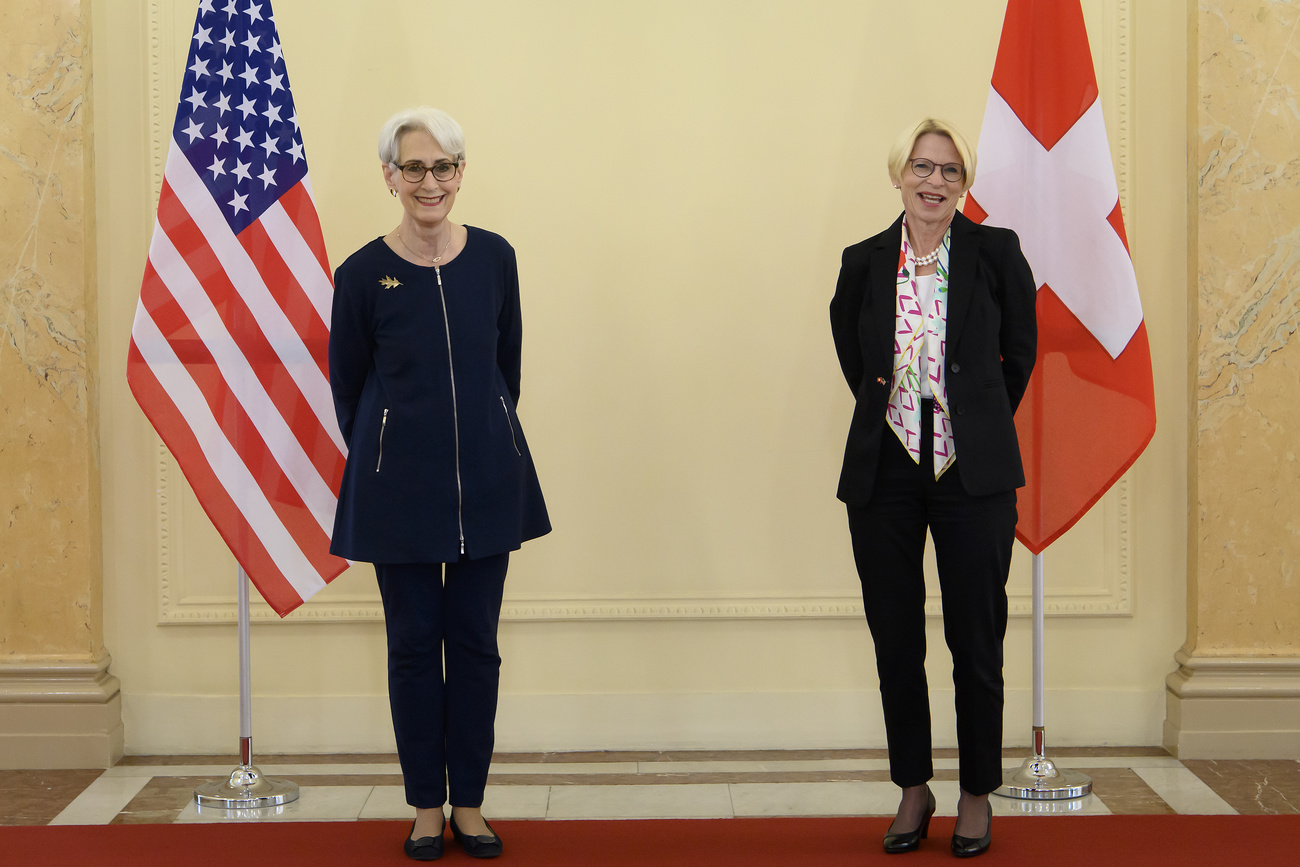
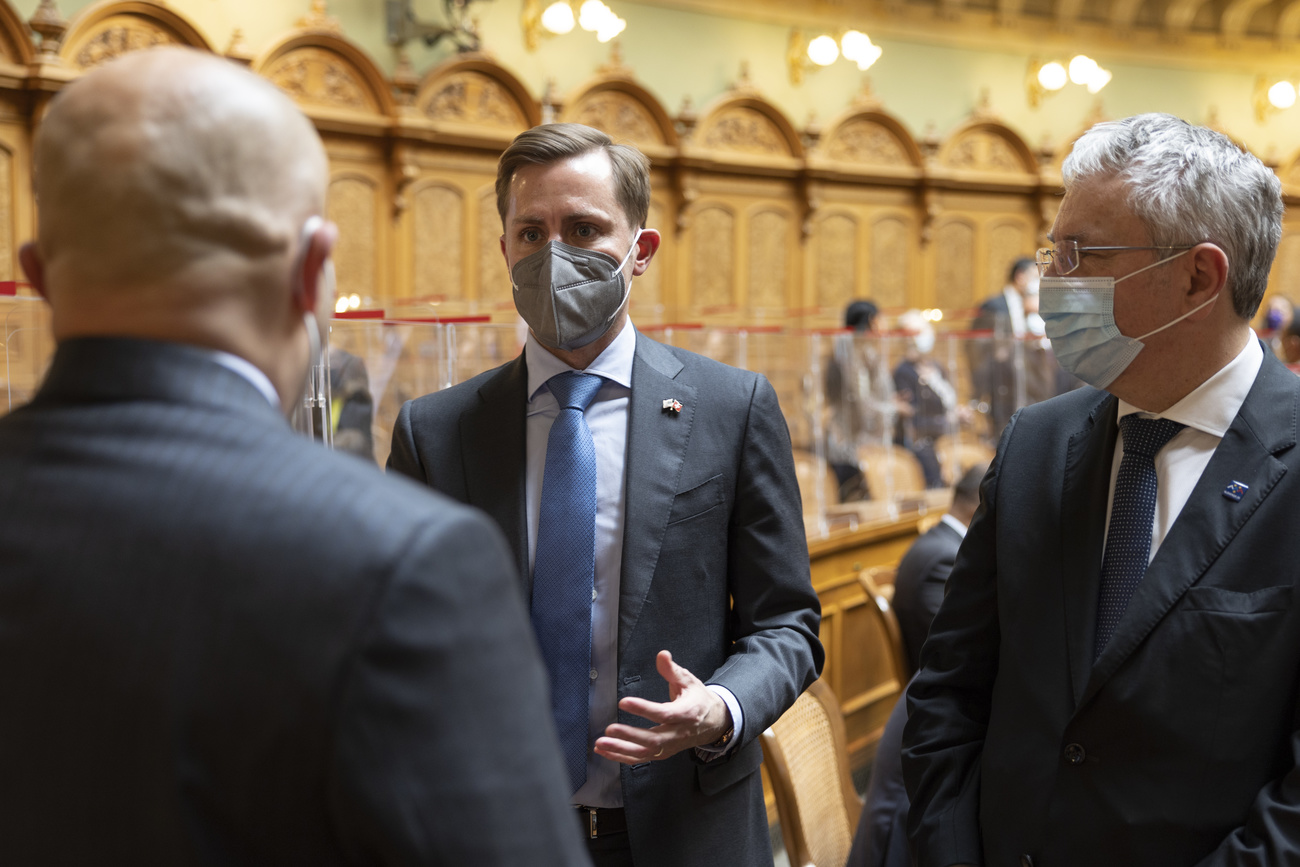
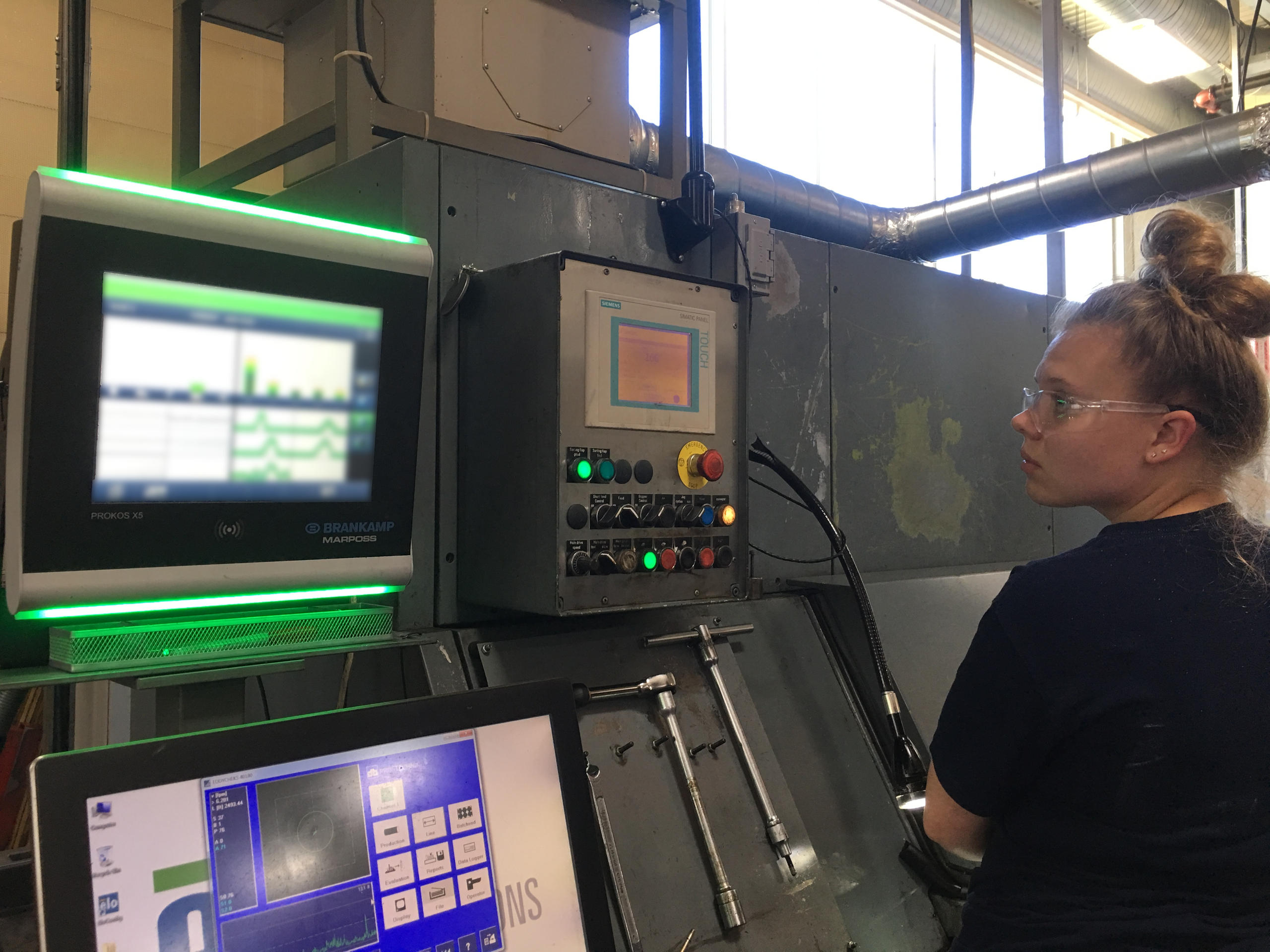
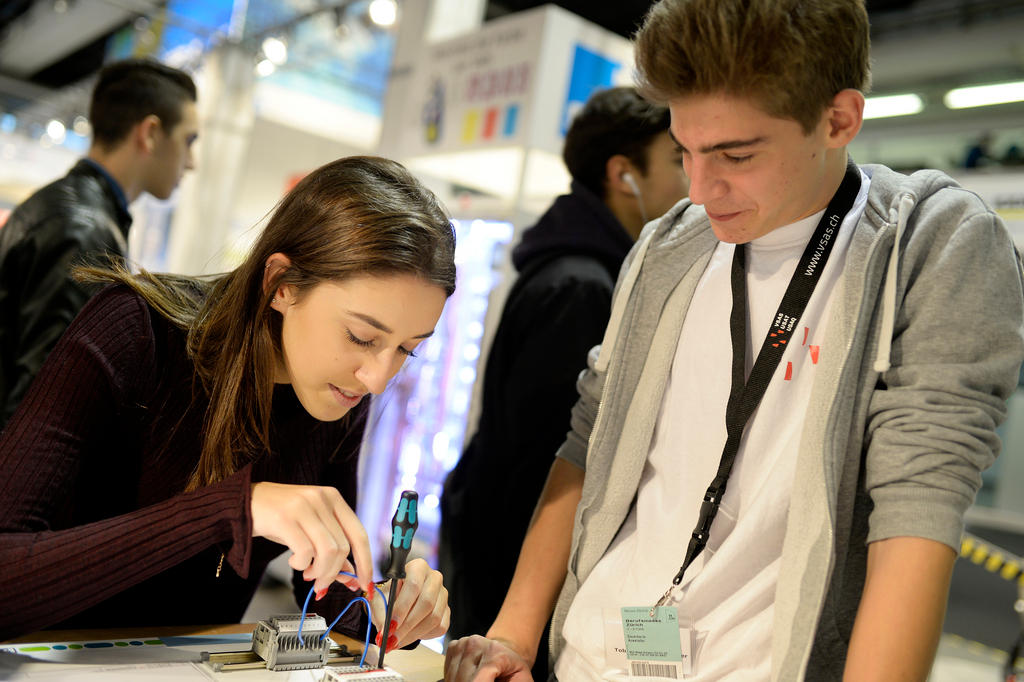
You can find an overview of ongoing debates with our journalists here. Please join us!
If you want to start a conversation about a topic raised in this article or want to report factual errors, email us at english@swissinfo.ch.